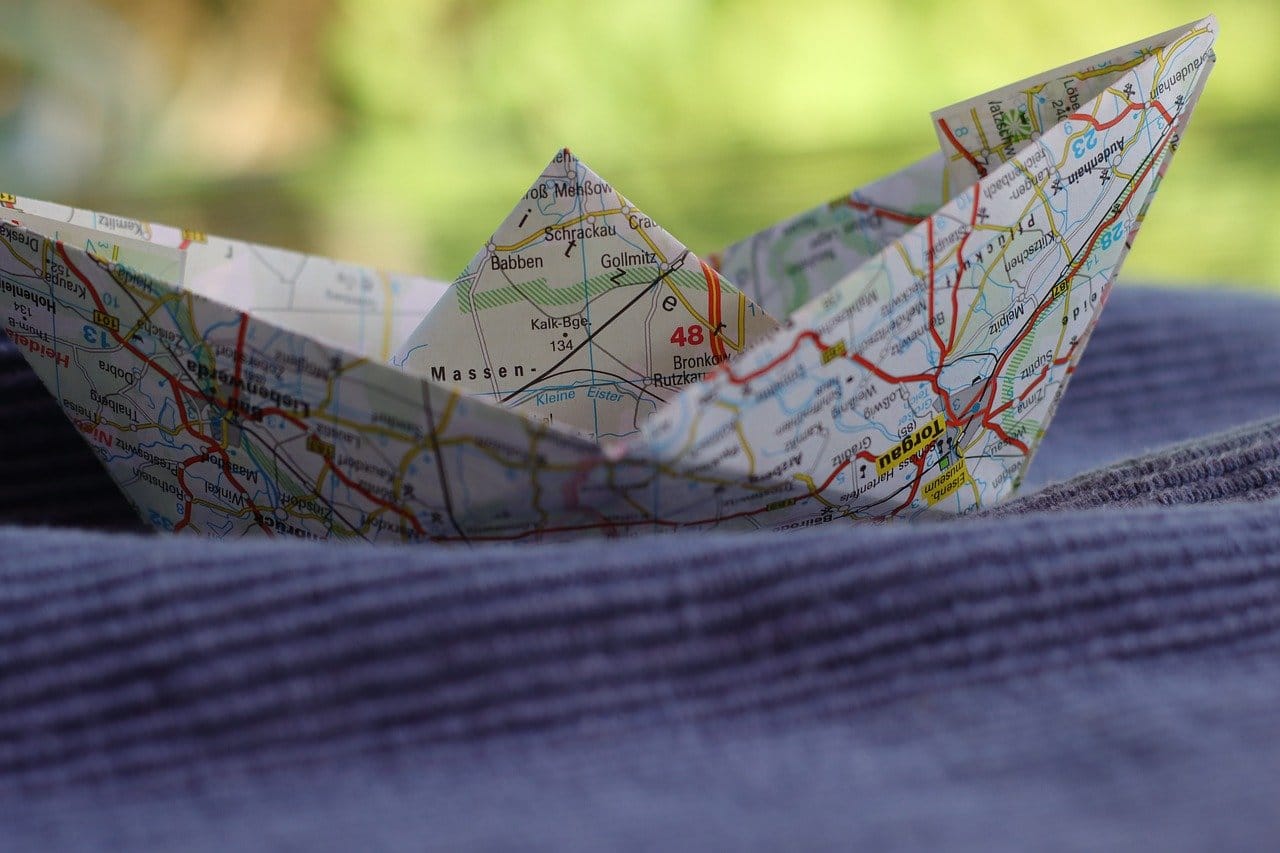Paragliding, the ultimate form of free flight, offers a breathtaking experience unlike any other. Imagine soaring through the air, propelled by nothing but the wind, with panoramic views stretching as far as the eye can see. More than just a sport, it’s a dance with nature, a testament to human ingenuity, and a profound connection with the sky. This guide will delve into the fascinating world of paragliding, covering everything from the basics to advanced techniques.
What is Paragliding?
Understanding the Basics
Paragliding is a recreational and competitive adventure sport where a pilot flies a lightweight, free-flying, foot-launched glider aircraft with no rigid primary structure. The pilot sits in a harness suspended below a fabric wing. Unlike hang gliding, which uses a rigid frame, paragliding wings are inflated by the incoming air through openings in the leading edge.
- The Wing: The paragliding wing (or canopy) is typically made of ripstop nylon or polyester fabric. It is designed to inflate into an airfoil shape, creating lift as air flows over it.
- The Harness: The harness is what connects the pilot to the wing. It provides a comfortable and secure seat, and often includes back protection.
- The Controls: Pilots control the direction and speed of the paraglider using brake toggles that are attached to the trailing edge of the wing.
How Paragliding Works
Paragliding works by utilizing the aerodynamic principle of lift. When the wing is inflated and moving through the air, the airflow is faster over the top surface than the bottom surface. This difference in speed creates a pressure difference, resulting in an upward force (lift) that counteracts gravity. Pilots use thermals (rising columns of warm air) and ridge lift (air deflected upwards by a slope) to stay aloft and fly long distances.
- Thermals: These rising columns of warm air are crucial for soaring. Pilots use thermal sniffing techniques and variometers (instruments that measure the rate of climb or descent) to find and stay in thermals.
- Ridge Lift: When wind blows against a mountain or ridge, it is forced upwards. This creates a band of rising air that pilots can use to stay airborne.
- Glide Ratio: Paragliders have a glide ratio, which is the distance they can travel horizontally for every unit of descent. Typical glide ratios range from 8:1 to 12:1, meaning a paraglider can travel 8 to 12 meters forward for every meter it descends.
Getting Started with Paragliding
Finding a Certified School
The first and most important step is to find a reputable and certified paragliding school. Look for schools that are certified by recognized organizations like the United States Hang Gliding and Paragliding Association (USHPA) or similar organizations in your region.
- Instructor Credentials: Ensure that the instructors are experienced and certified, with a proven track record of safety.
- Equipment Quality: Check that the school uses well-maintained and modern equipment.
- Safety Record: Inquire about the school’s safety record and accident statistics.
Training Courses and Requirements
Paragliding training typically involves a structured course that covers both theoretical knowledge and practical skills. Here’s a general overview of what you can expect:
Essential Gear and Equipment
Investing in quality paragliding gear is essential for safety and enjoyment. Here’s a list of the basic equipment you’ll need:
- Paraglider Wing: Choose a wing that is appropriate for your skill level and weight range.
- Harness: A comfortable and properly fitted harness is crucial for safety and control.
- Helmet: A paragliding-specific helmet is designed to protect your head in the event of a crash.
- Reserve Parachute: A reserve parachute is a backup safety device that can be deployed in an emergency.
- Variometer: This instrument measures your rate of climb or descent, helping you find and stay in thermals.
- GPS: A GPS device can be used for navigation and tracking your flights.
- Appropriate Clothing: Dress in layers, including windproof and waterproof outerwear. Sturdy footwear is also essential.
Understanding Weather and Safety
The Importance of Meteorology
Understanding weather conditions is paramount to safe paragliding. Wind speed, wind direction, stability, and cloud formations can all significantly impact flight conditions.
- Wind Speed: Pay close attention to wind speed, as strong winds can make takeoff and landing difficult and even dangerous.
- Wind Direction: Ensure that the wind is blowing in a direction that is favorable for takeoff and landing.
- Stability: Stable air is generally smoother and easier to fly in, while unstable air can lead to turbulent conditions.
- Cloud Formations: Be aware of cloud formations, as they can indicate potential weather changes and hazards. Lenticular clouds, for example, can indicate strong turbulence.
Key Safety Considerations
Paragliding, while exhilarating, carries inherent risks. Adhering to safety protocols and making informed decisions are crucial for minimizing these risks.
- Pre-Flight Checks: Always perform a thorough pre-flight check of your equipment before each flight.
- Site Assessment: Assess the launch site and landing area for potential hazards.
- Weather Monitoring: Continuously monitor weather conditions and be prepared to land if conditions deteriorate.
- Maintain Airspace Awareness: Be aware of other aircraft and airspace restrictions.
- Know Your Limits: Don’t fly beyond your skill level or in conditions that you are not comfortable with.
Emergency Procedures
Knowing how to handle emergencies is essential for every paragliding pilot.
- Stall Recovery: Learn how to recognize and recover from a stall.
- Spin Recovery: Understand how to recover from a spin.
- Reserve Parachute Deployment: Practice deploying your reserve parachute in a controlled environment.
- Landing Safely: Develop skills for landing in various conditions.
Advanced Paragliding Techniques
Soaring and Thermalling
Once you’ve mastered the basics, you can start exploring more advanced techniques like soaring and thermalling.
- Soaring: This involves using ridge lift to stay airborne and fly along a ridge.
- Thermalling: This is the art of finding and using thermals to gain altitude. Thermalling requires skill in recognizing thermal triggers, centering in the thermal, and managing your speed and bank angle.
Cross-Country Flying
Cross-country flying involves flying long distances, often covering tens or even hundreds of kilometers.
- Route Planning: Careful route planning is essential for cross-country flying. Consider terrain, weather conditions, and potential landing sites.
- Navigation: Use a GPS device and maps to navigate your route.
- Decision Making: Be prepared to make quick decisions based on changing weather conditions and terrain.
Acrobatic Paragliding
Acrobatic paragliding is a highly advanced form of paragliding that involves performing maneuvers such as loops, spins, and wingovers.
- Specialized Training: Acrobatic paragliding requires specialized training from experienced instructors.
- High-Performance Equipment: Use specialized paragliding equipment designed for acrobatic maneuvers.
- Controlled Environment: Practice acrobatic maneuvers in a controlled environment, such as over water.
Conclusion
Paragliding is an incredibly rewarding sport that offers a unique perspective on the world. From the initial rush of launching off a mountain to the serene experience of soaring through the air, paragliding provides an unparalleled sense of freedom and adventure. By following the advice and information laid out in this guide, and seeking professional instruction, you can safely embark on your paragliding journey and experience the magic of flight for yourself. Remember always to prioritize safety, respect the environment, and never stop learning. The sky is the limit!




